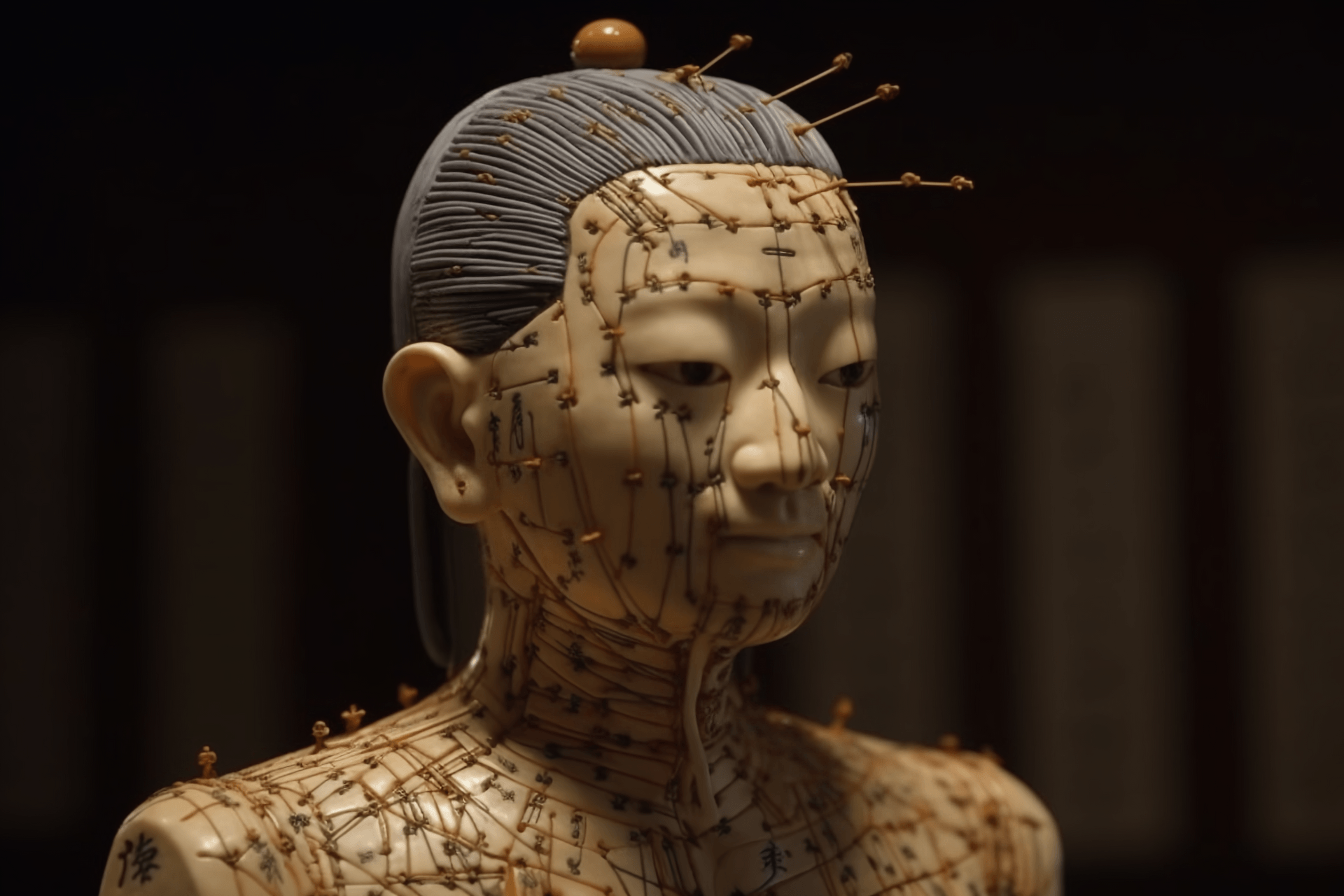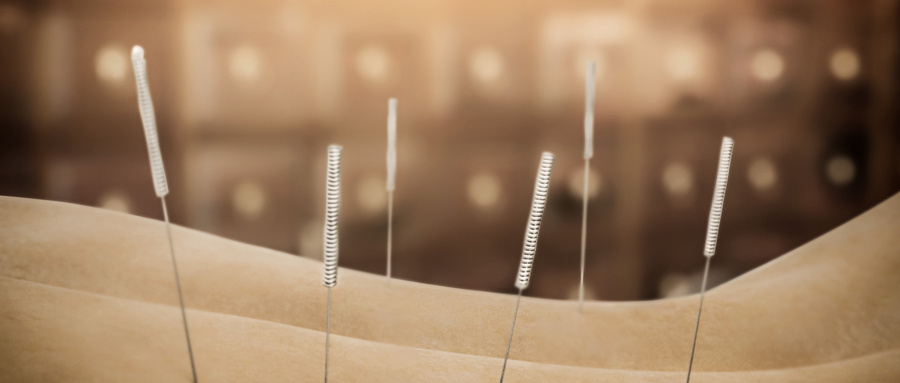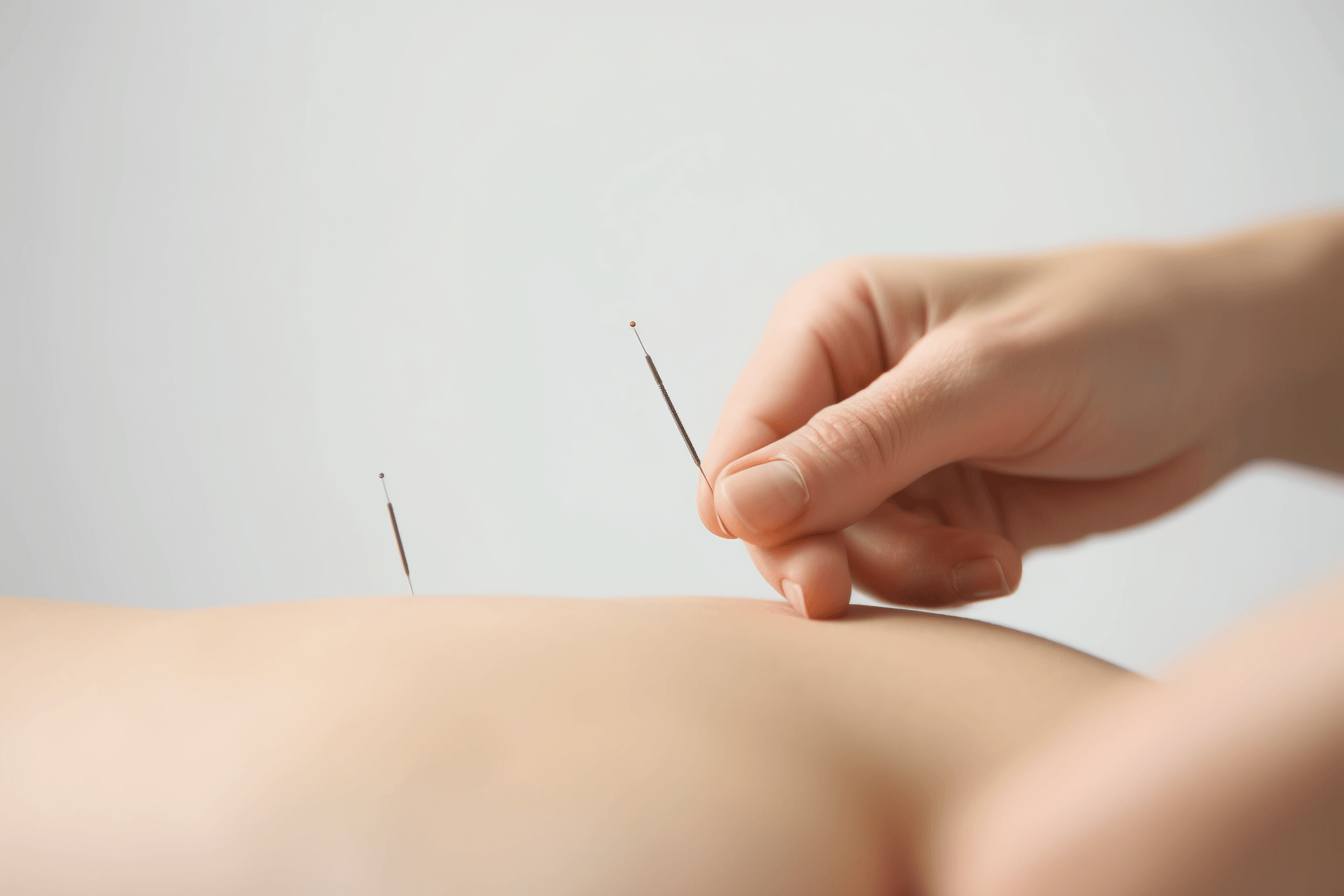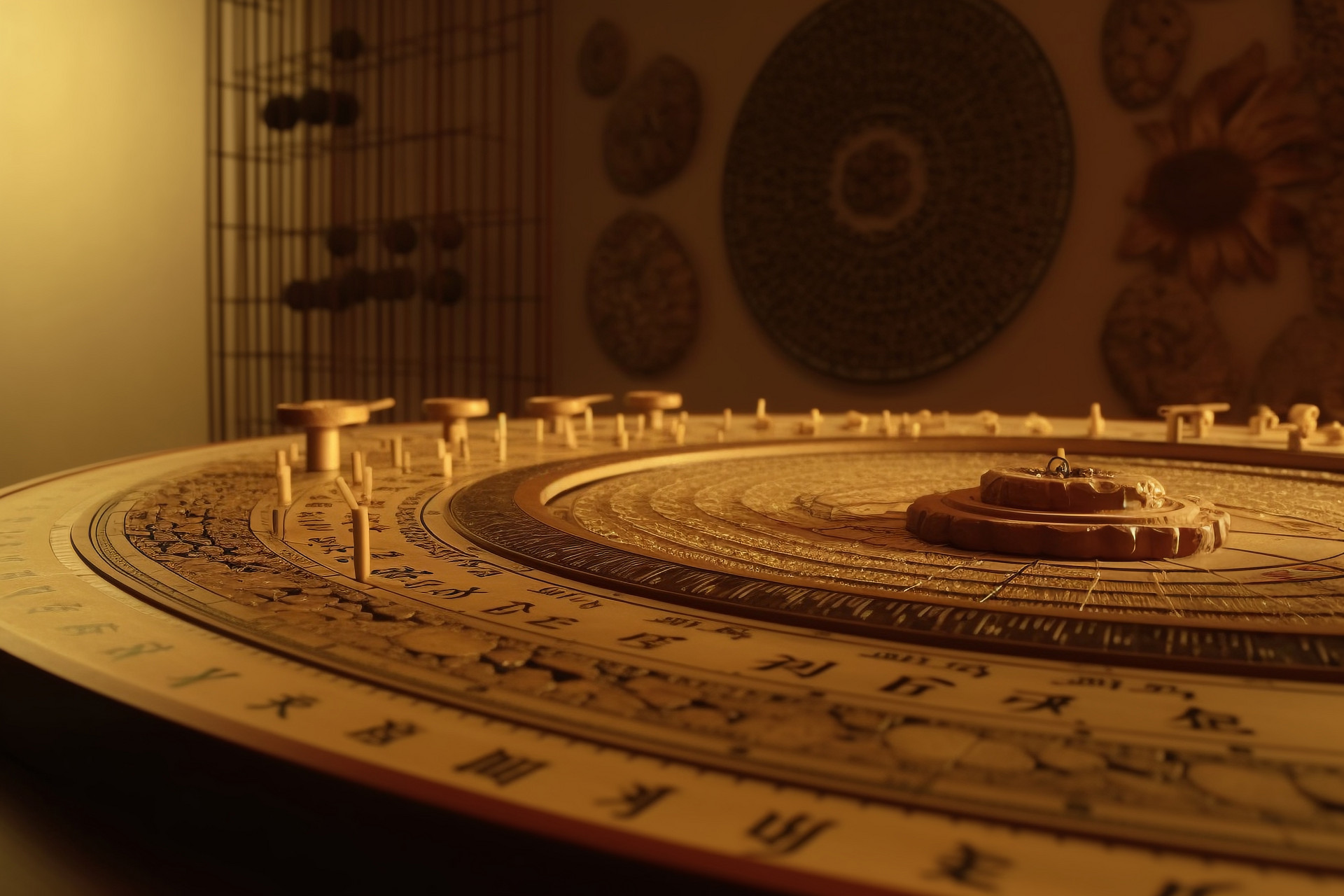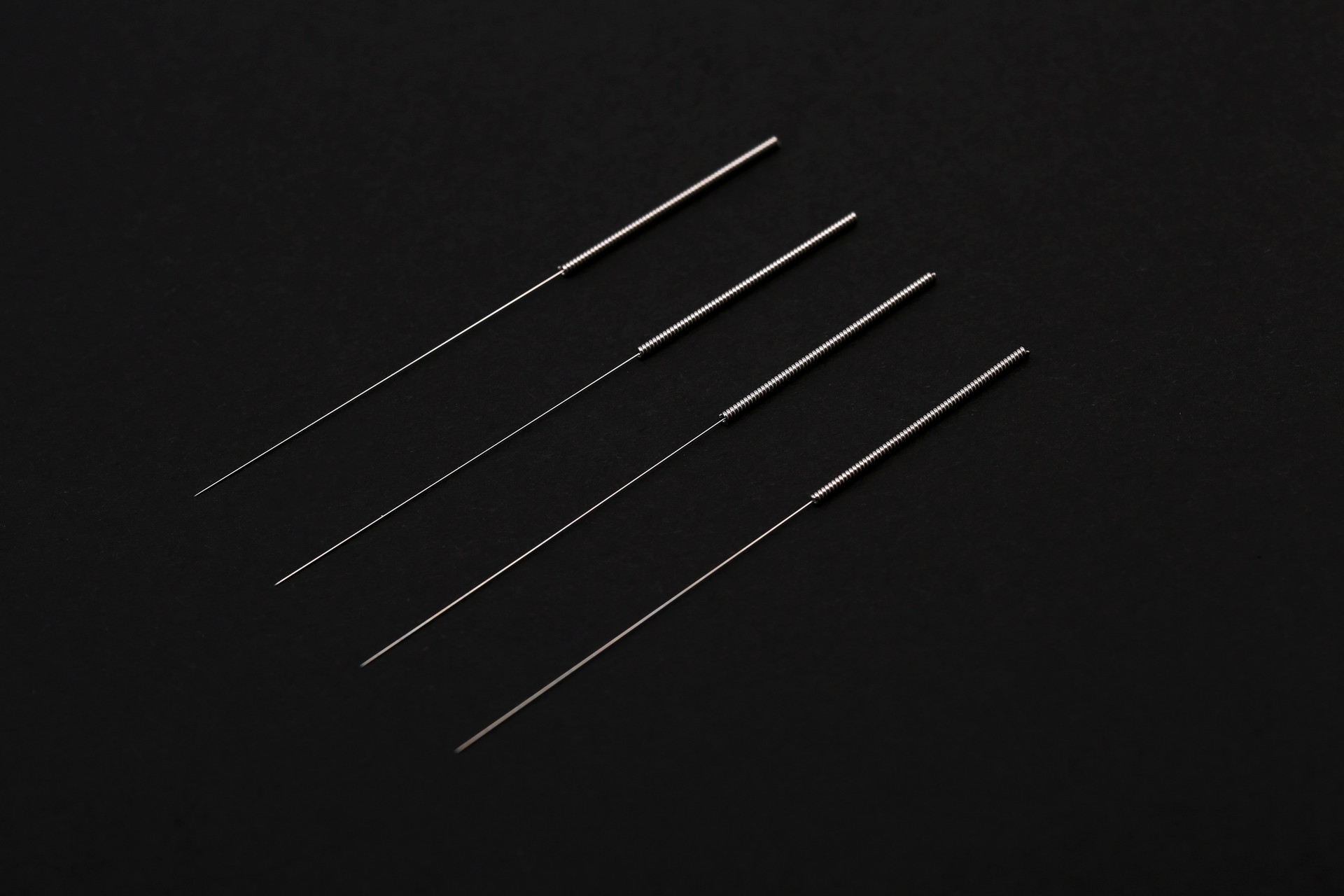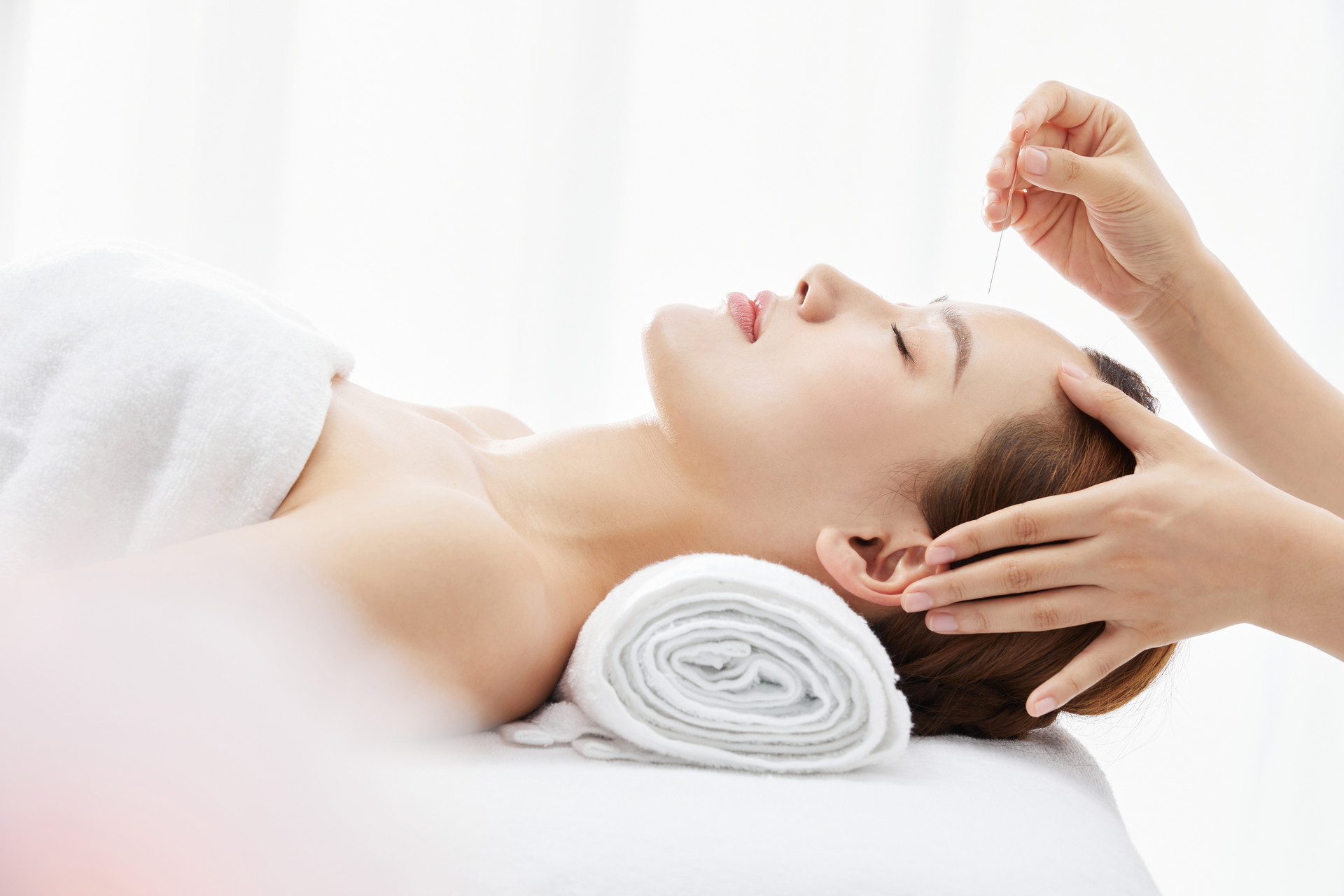Coronary heart disease has a high mortality rate in China, and traditional Chinese medicine recommends using moxibustion on the Quze acupoint to treat coronary heart disease. Quze acupoint is one of the commonly used acupoints of the Hand Jueyin Pericardium Meridian, and it has the effects of clearing summer heat, relieving stomach qi, clearing heat, and detoxifying. So how do you find the Quze acupoint?
[Moxibustion on Quze Acupoint for Treating Coronary Heart Disease]
Moxibustion with mild heat was used to treat 37 patients with angina pectoris caused by coronary heart disease, and immediate therapeutic effects were obtained. The relevant indicators were measured before moxibustion, 15 minutes after moxibustion, and 5 minutes after moxibustion, and the local area of moxibustion was warm and comfortable. The patients experienced relief of chest tightness and comfort in the precordial region. The parameters of heart function were improved. It has a certain therapeutic effect on patients with angina pectoris caused by coronary heart disease.
Patients with spastic paralysis: Patients with spastic paralysis characterized by painful, spasmodic muscle contractions and abnormal numbness of the hands and feet all achieved satisfactory therapeutic effects after acupuncture.
It has an inhibitory effect on acute ischemic myocardial injury: Acupuncture of the Quze and Geshu acupoints in animals (rabbits) has an inhibitory effect on the development of acute ischemic myocardial injury and has an inhibitory effect on the elevation of ST segment in rabbit electrocardiogram. After needling, the ST segment potential value tends to naturally decrease. Compared with the control group, the Quze group has statistical significance.
[How to Find the Quze Acupoint]
The Quze acupoint is located in the transverse lines of the elbow, on the ulnar side of the biceps tendon, with the elbow slightly flexed.
The Quze acupoint is located in the anterior region of the elbow, above the transverse lines of the elbow, and in the depression on the ulnar side of the biceps tendon. The palm should be facing up and the elbow should be slightly flexed to find the acupoint.
1. Location method:
With the palm facing up and the elbow slightly flexed, find the Quze acupoint in the anterior region of the elbow, above the transverse lines of the elbow, and in the depression on the ulnar side of the biceps tendon.
2. Anatomy of the location:
Located on the ulnar side of the biceps tendon; where the brachial artery and vein are located; the median nerve trunk runs through it, and below the acupoint are the skin, subcutaneous tissue, median nerve, and brachialis muscle. The skin is innervated by the ulnar cutaneous nerve, and the skin lines are deeper.
In addition to the aforementioned cutaneous nerve, there is also an important vein that originates from the ulnar side of the dorsal hand vein network, rises above the ulnar side of the forearm, turns to the front below the cubital fossa, and receives the median cubital vein here. It then goes up along the inner edge of the biceps tendon and enters the brachial vein through the deep fascia at the midpoint of the arm.
The needle passes through the skin, subcutaneous fascia, and anterior fascia of the elbow between the important vein and the median cubital vein, and directly punctures the median nerve trunk and the deep surface of the brachialis muscle. This muscle is innervated by the musculocutaneous nerve.
3. Hierarchical anatomy:
Skin -> subcutaneous tissue -> median nerve -> brachialis muscle.
It is innervated by the median nerve trunk and is in close proximity to the brachial artery and vein.


